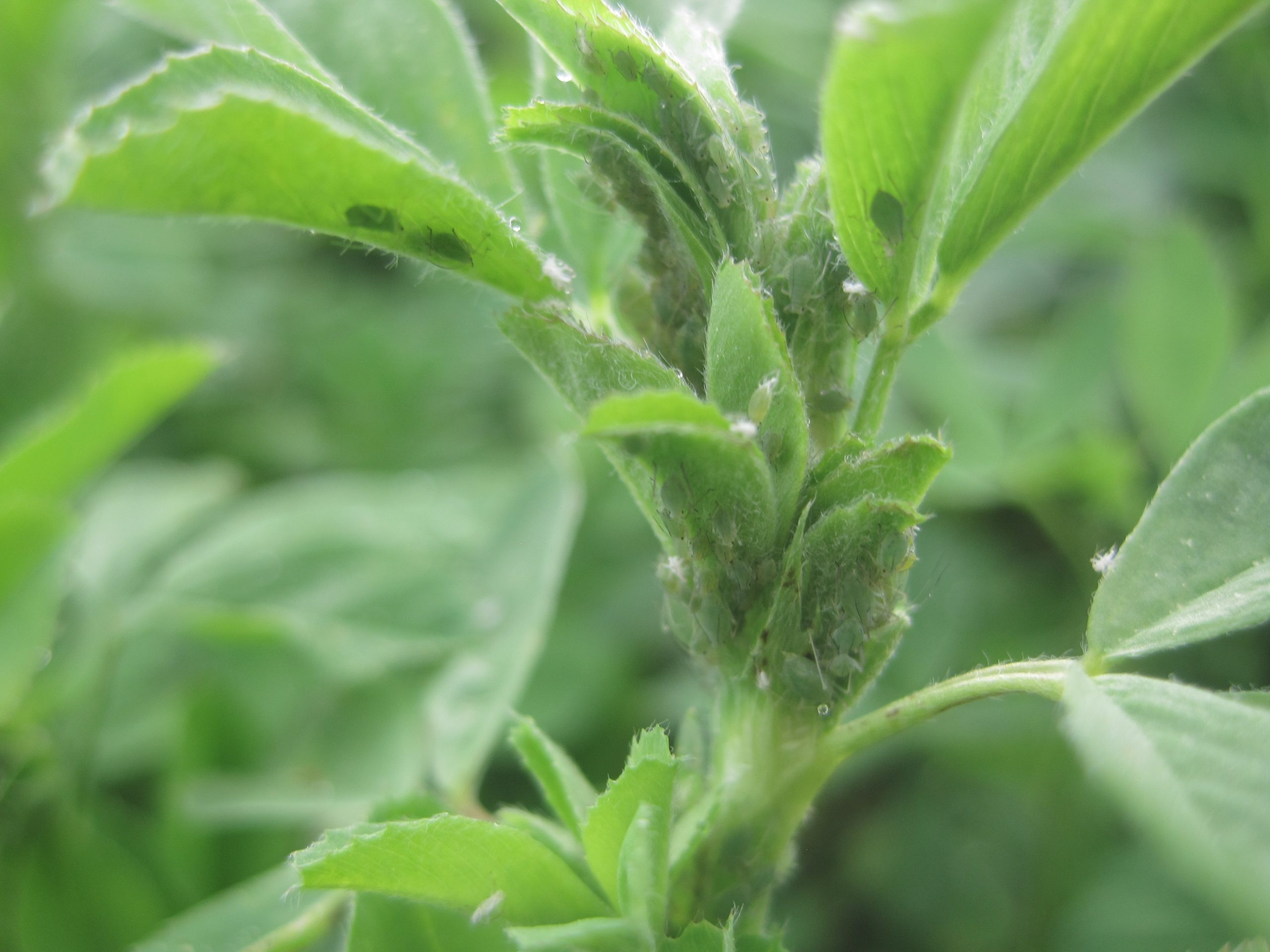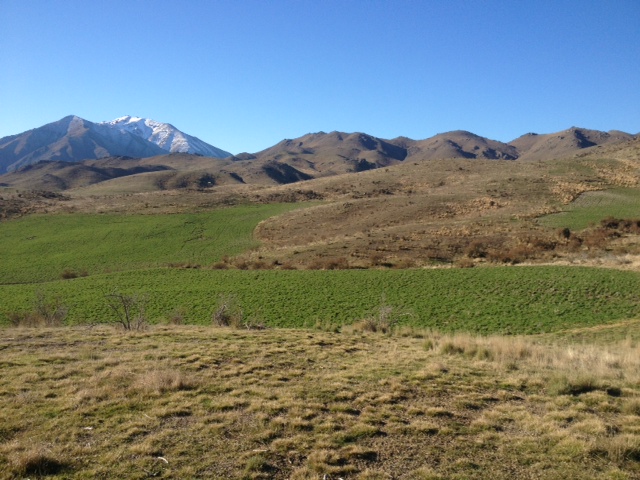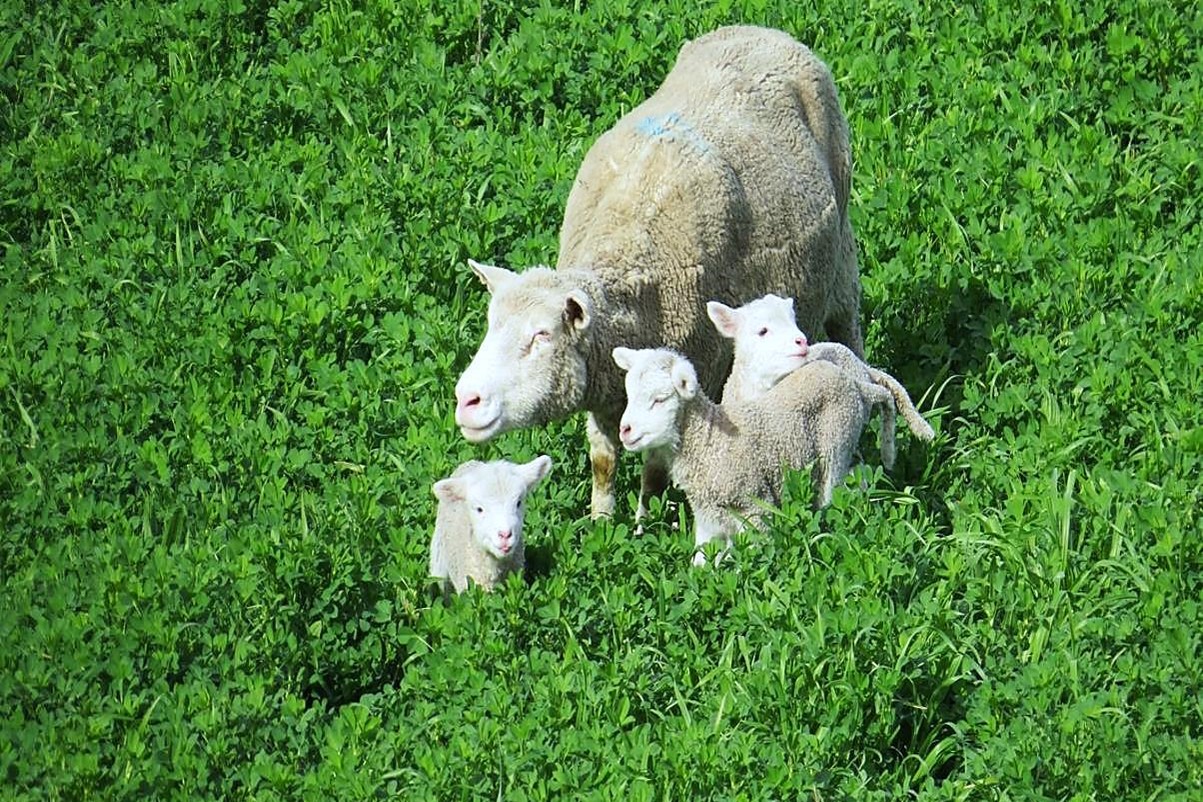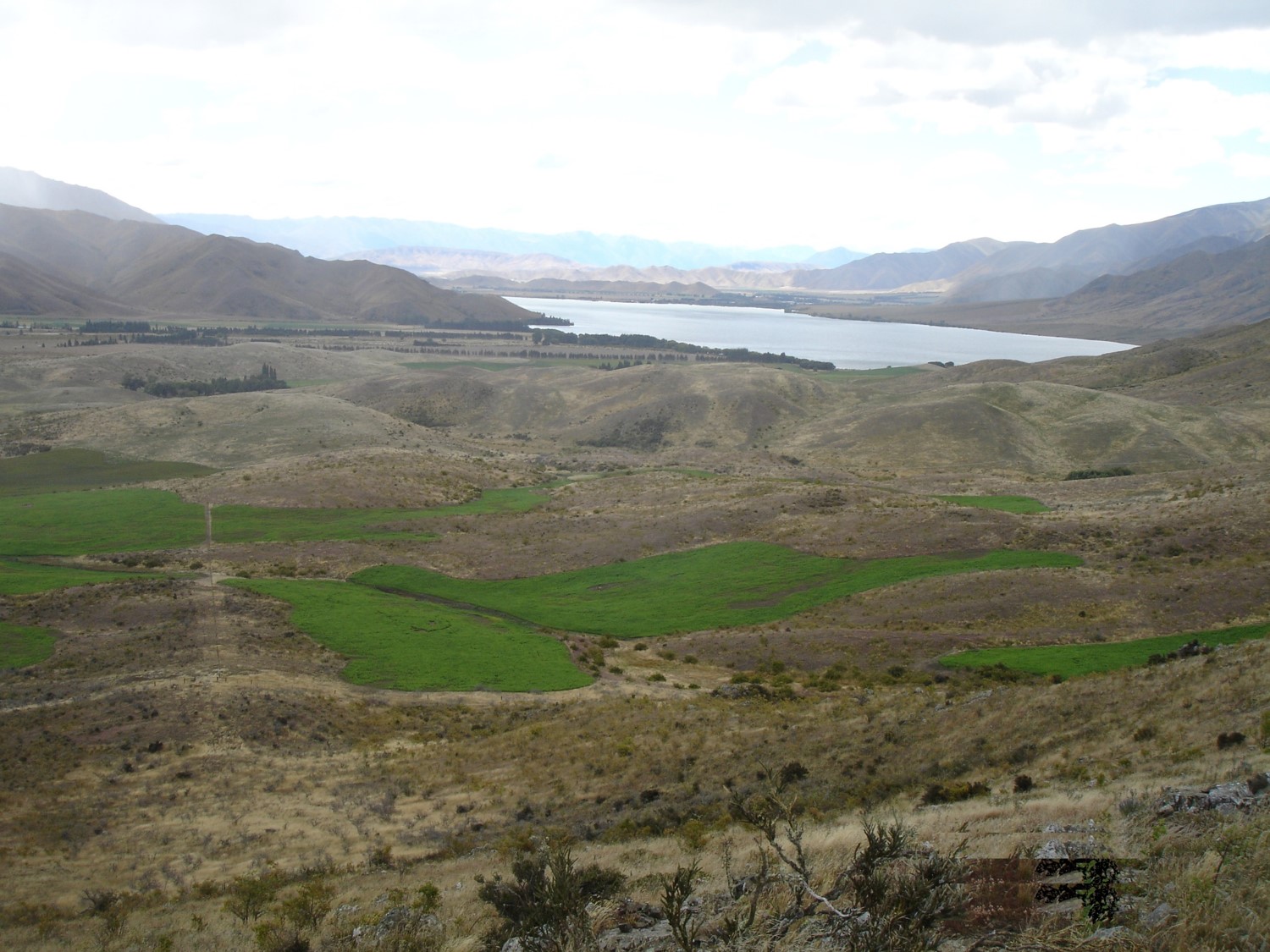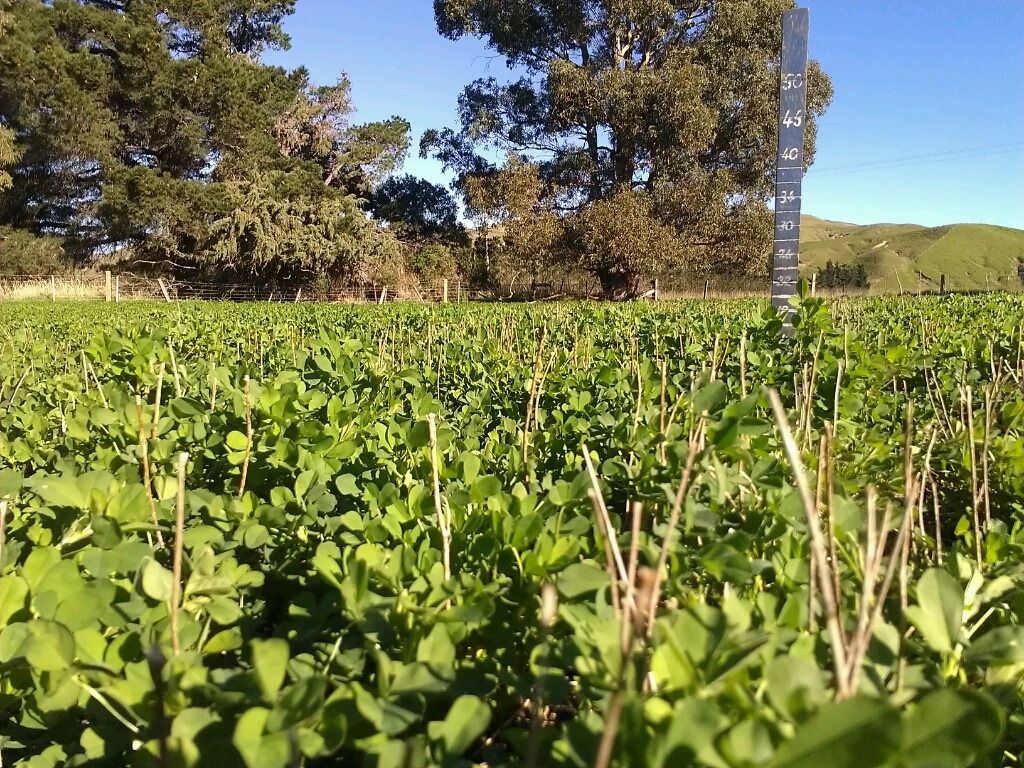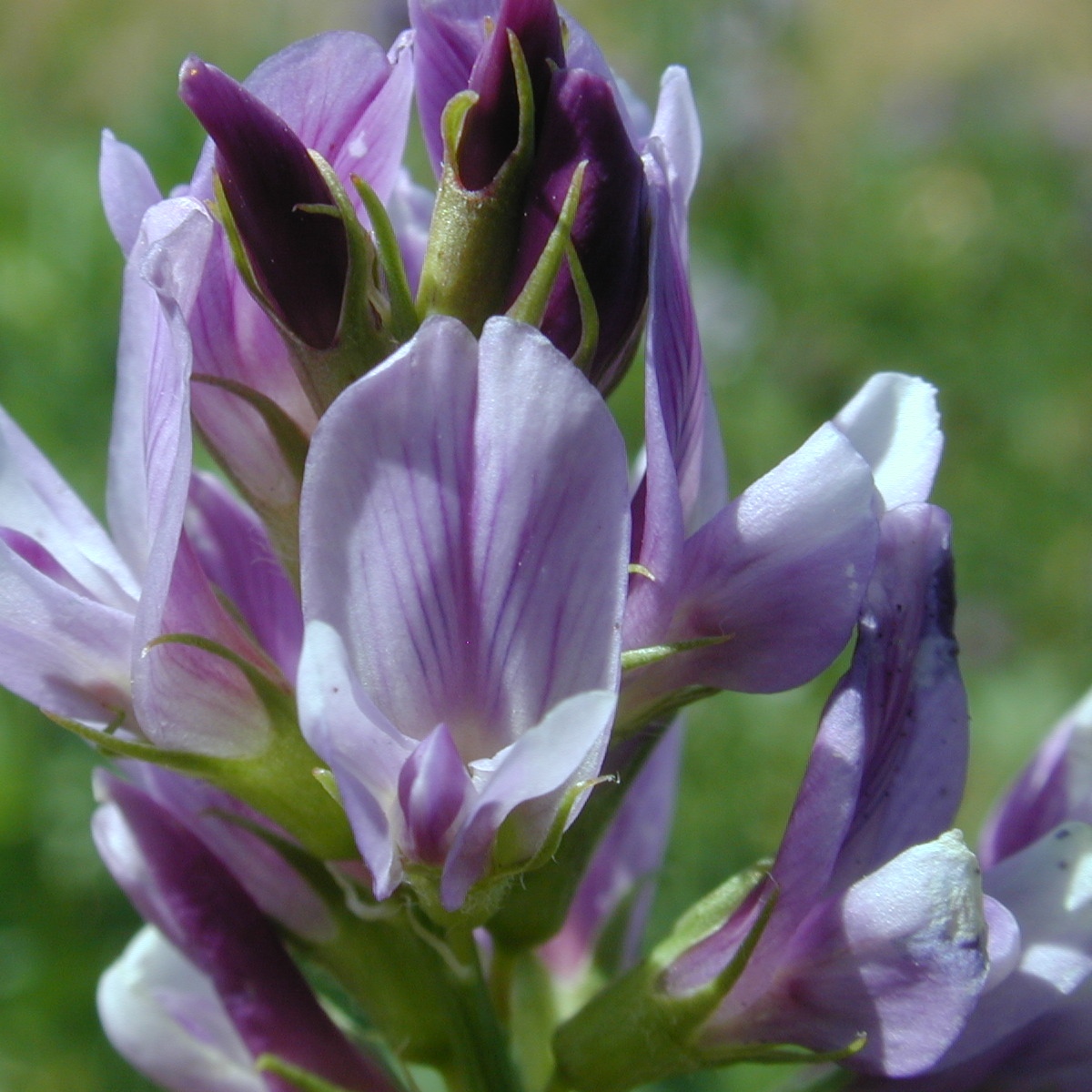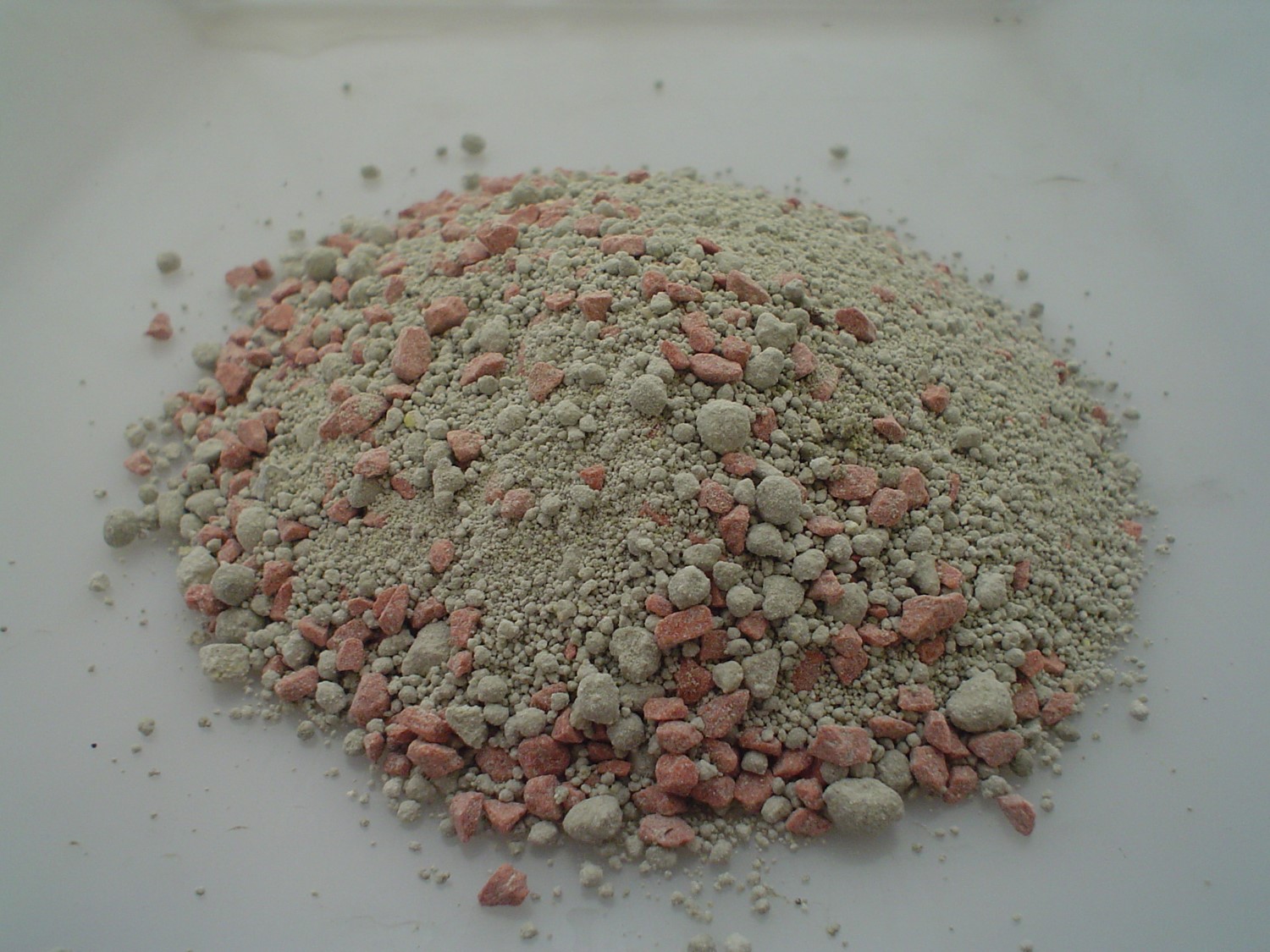Spring stock rotations on Lucerne paddocks at Bonavaree
It’s been a successful spring at Bonavaree! Early spring had been fairly wet and so early spring growth was relatively slow. Although soil conditions are now perfection for Lucerne, and Fraser had seen a notable shift in gear in the lucerne stands, with a flush of feed evident. See photos below of Jeffries Front Flat … Read more


